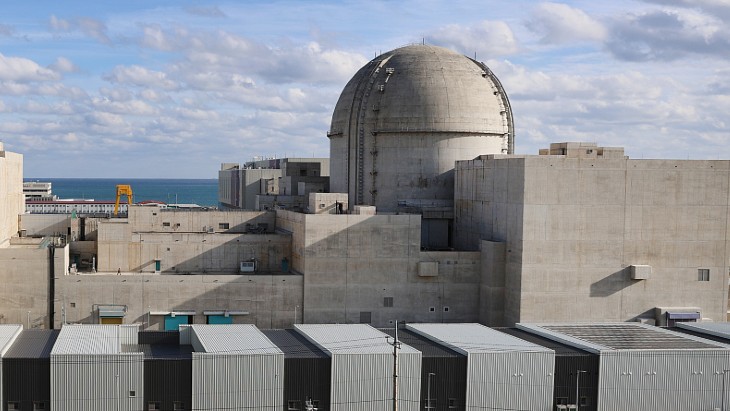NRC-regulated construction activities at the facility ceased in October 2018, when the National Nuclear Security Administration (NNSA) - a semi-autonomous agency of the US Department of Energy (DOE) - issued a contract termination notice to the consortium. MOX Services subsequently requested the NRC terminate the construction authorisation in a letter dated 1 November.
The facility had been intended to dispose of 34 tonnes of weapons-grade plutonium by turning it into fuel for commercial nuclear reactors. A contract to design, build and operate the facility - also known as the MFFF - was awarded to the Shaw Areva MOX Services consortium (now CB&I Areva MOX Services) in 1999. The plant itself is owned by the DOE/NNSA.
Under NRC licensing regulations, the two-stage approvals process for the facility consisted of the construction authorisation, and a licence to possess and use special nuclear materials. The construction authorisation was issued in March 2005, and construction began in 2007 with the plant originally due to start operation in October 2016. NRC staff reviewed the application for the licence to possess and use nuclear materials, and in 2010 issued a final safety evaluation report concluding that the operation of the facility would not pose an undue risk for public or worker health and safety. However, NRC regulations stipulate that approval of a licence for a plutonium processing and fuel fabrication plant cannot be issued until the plant itself has been constructed in accordance with the construction authorisation, so the licence has not yet been issued.
Terminating a licence would normally require an environmental assessment, but the NRC said that as the construction of the facility was never completed and no nuclear material had ever been brought on site, no environmental assessment was necessary in this case. NRC staff likewise determined that no decommissioning actions are required to terminate the construction authorisation, and determined that a "sufficient basis" exists to terminate the authorisation. The site can be released for unrestricted use immediately, as there is no radiological contamination associated with the authorisation, the NRC said.
The MFFF was being built as part of a 2000 agreement with Russia whereby each country would dispose of 34 tonnes of weapons-grade plutonium. The timescale - and costs - of constructing the plant increased: in May 2017 total costs for the project were estimated at USD10 billion, more than double the original estimate of USD4.9 billion. In early 2016 the DOE sought to terminate the project, and in May 2018 US Energy Secretary Rick Perry notified Congress that he was executing a waiver to end construction of the facility. He said the DOE will now pursue a "dilute and dispose" option for the 34 tonnes of plutonium, which will ultimately be disposed of at the Waste Isolation Pilot Plant in New Mexico.
The MFFF was about 70% complete when work terminated, with some of the equipment on site. As of January 2018, 92% of structural concrete and 94% of rebar had been placed, 29 of 31 active gallery modules had been installed, and 12 of 16 support buildings were complete.




_72306.jpg)


_49562.jpg)





